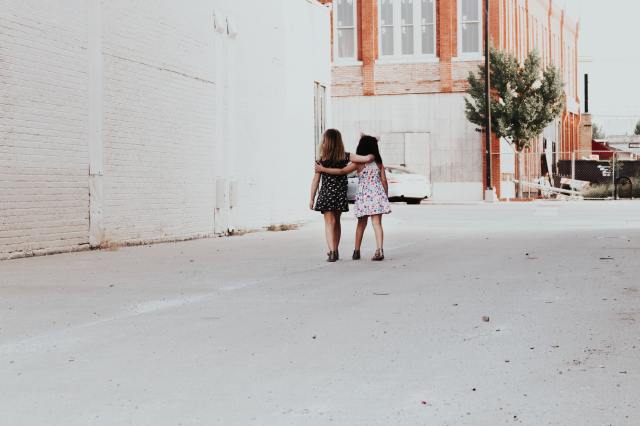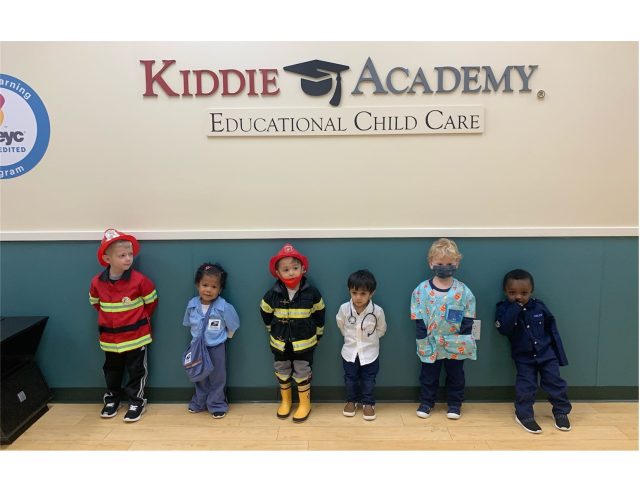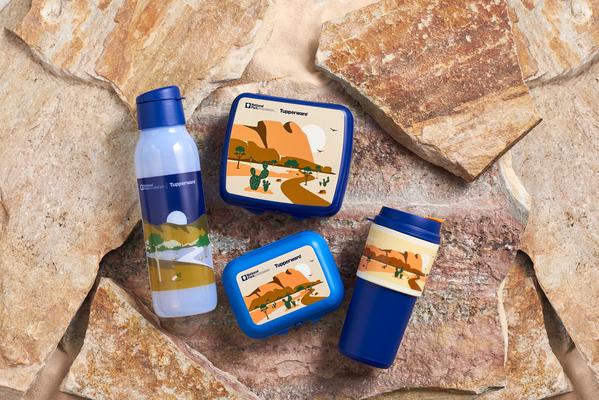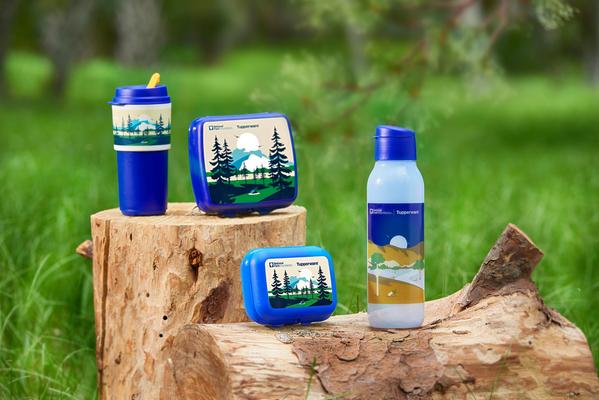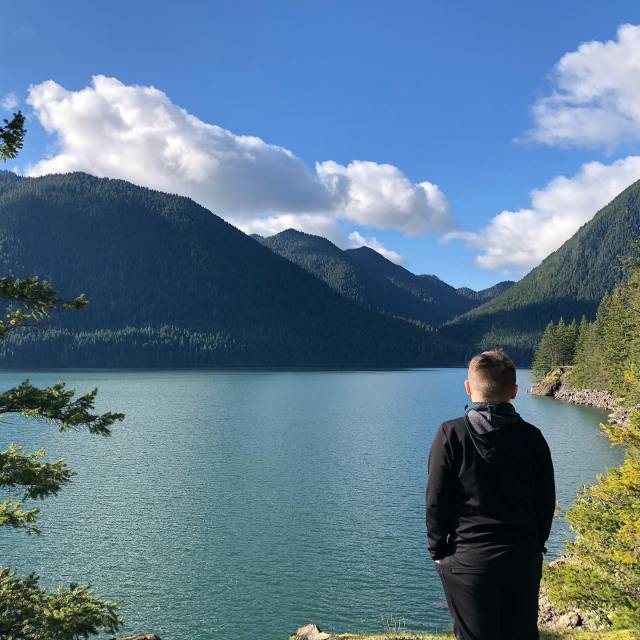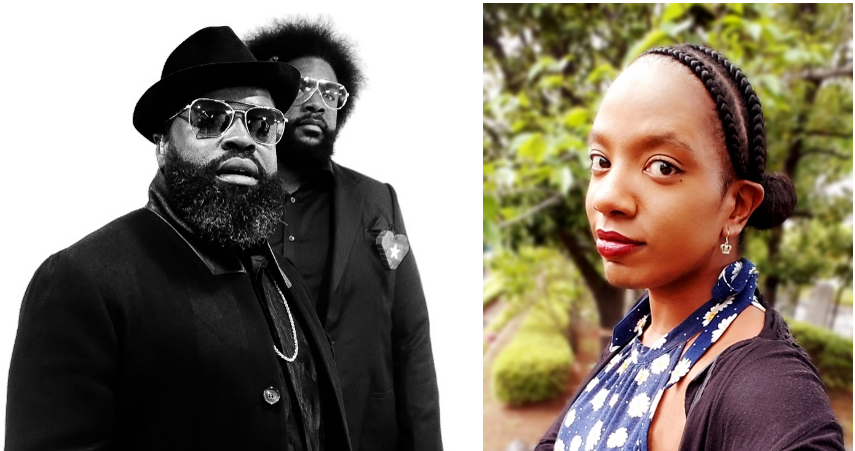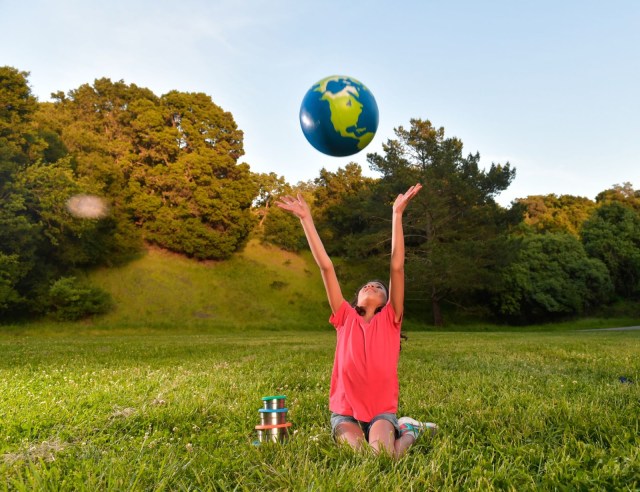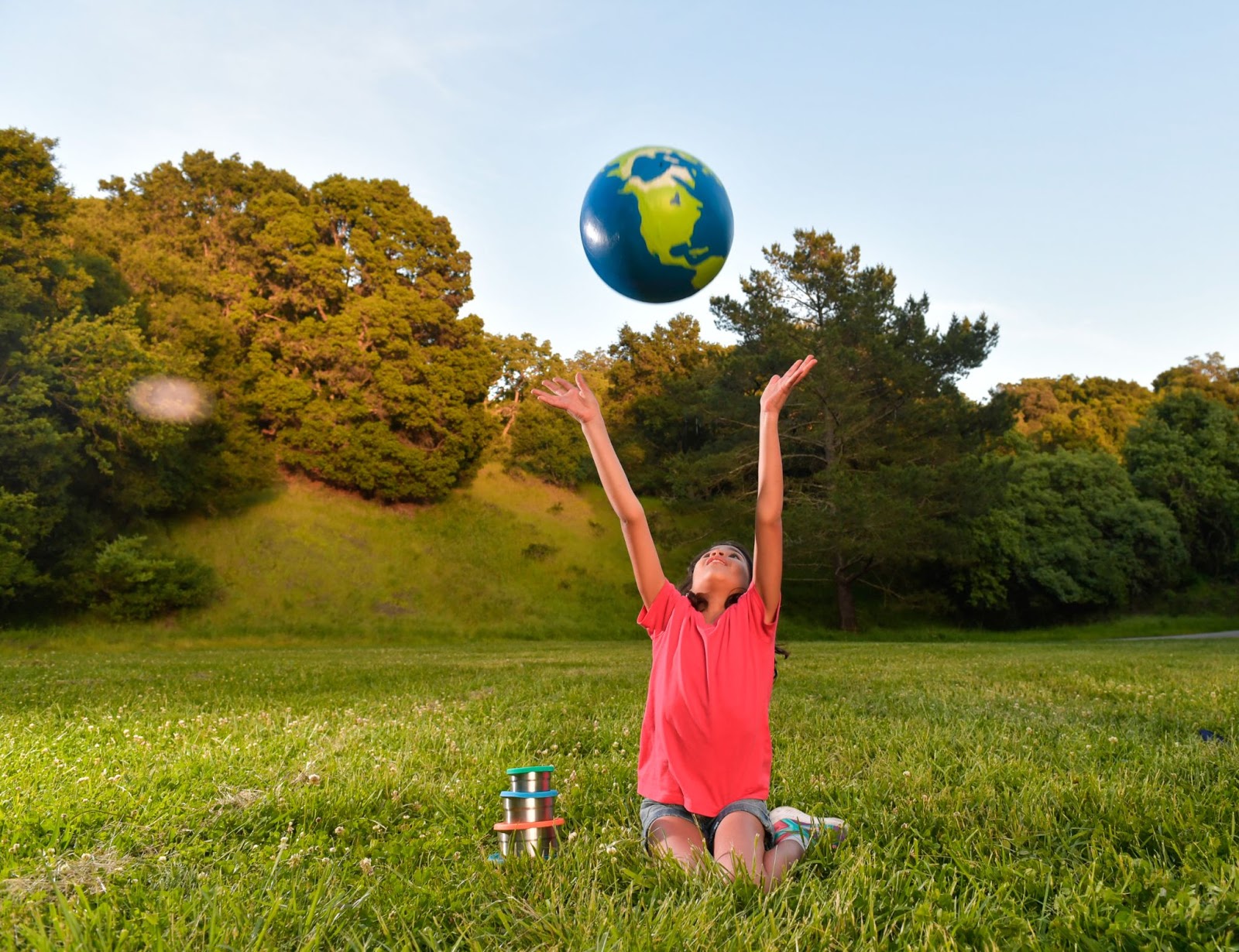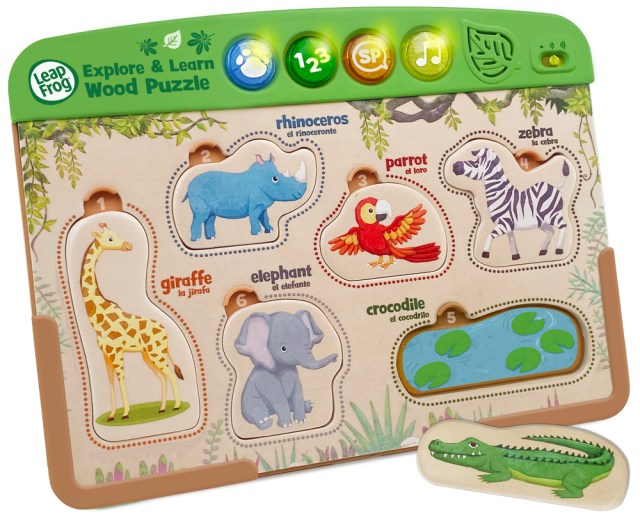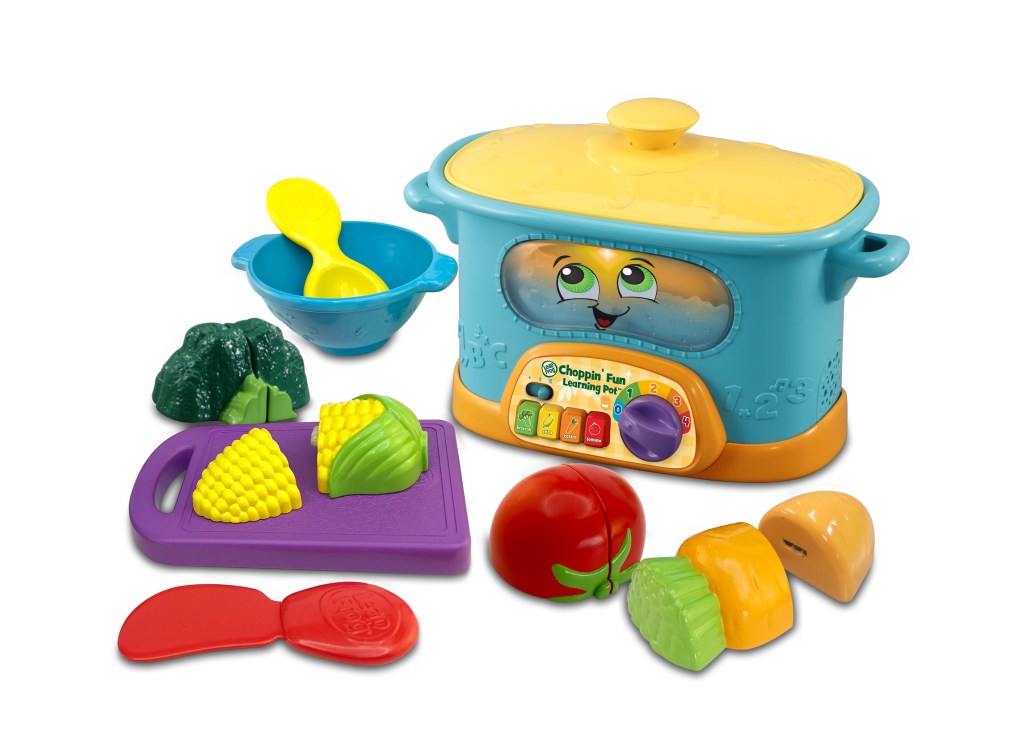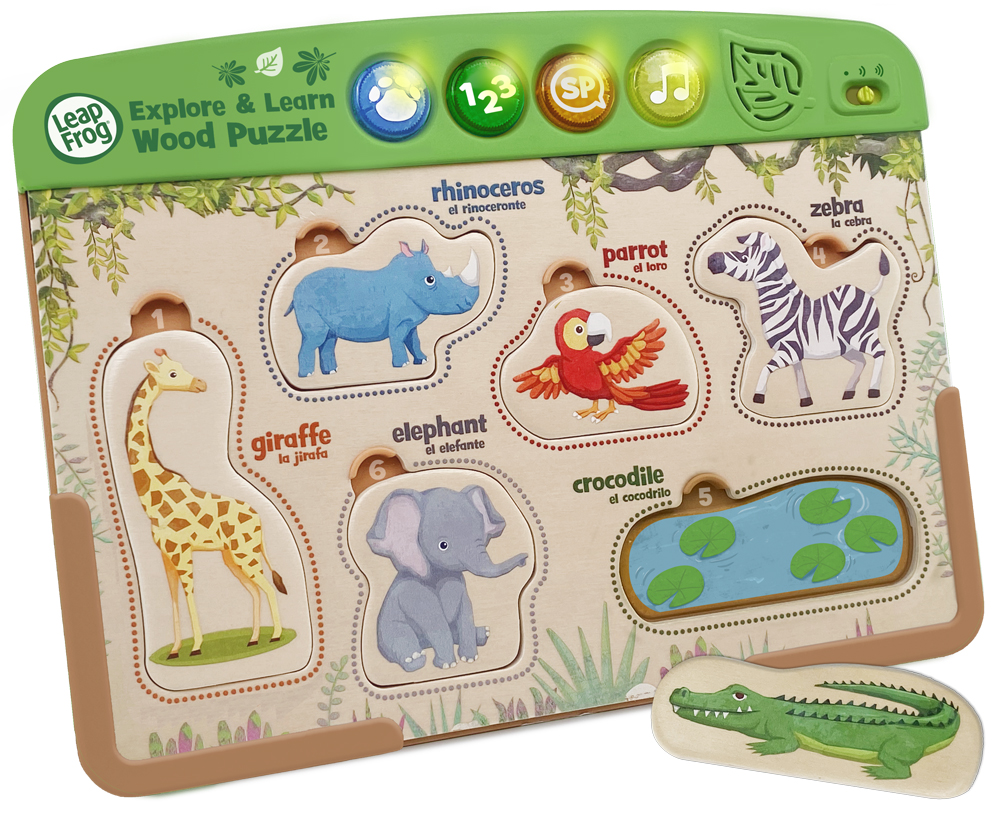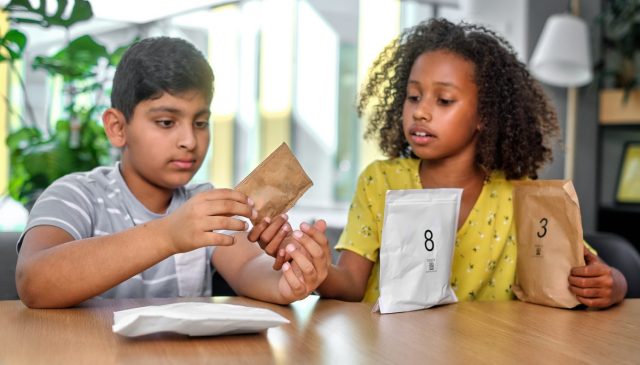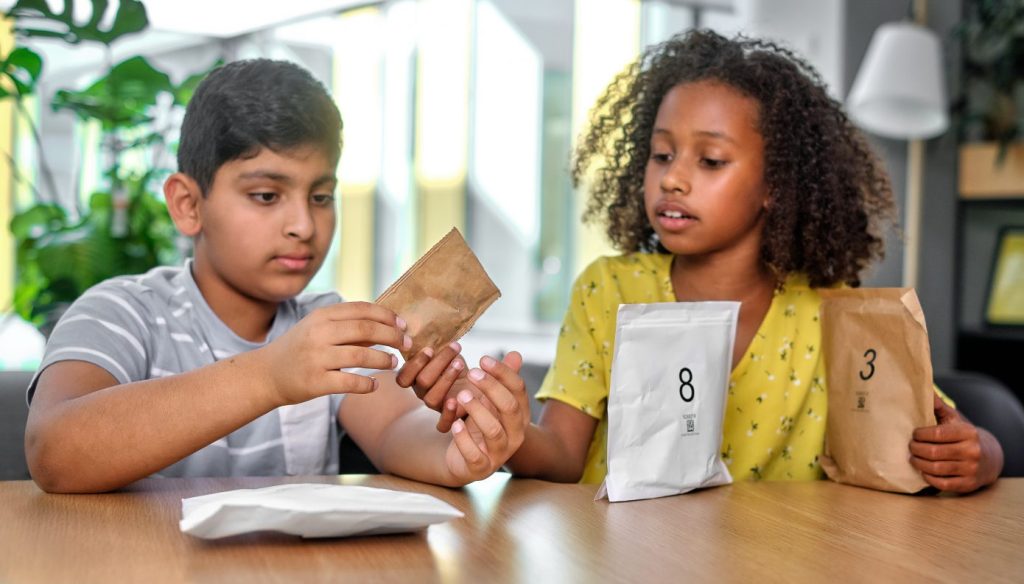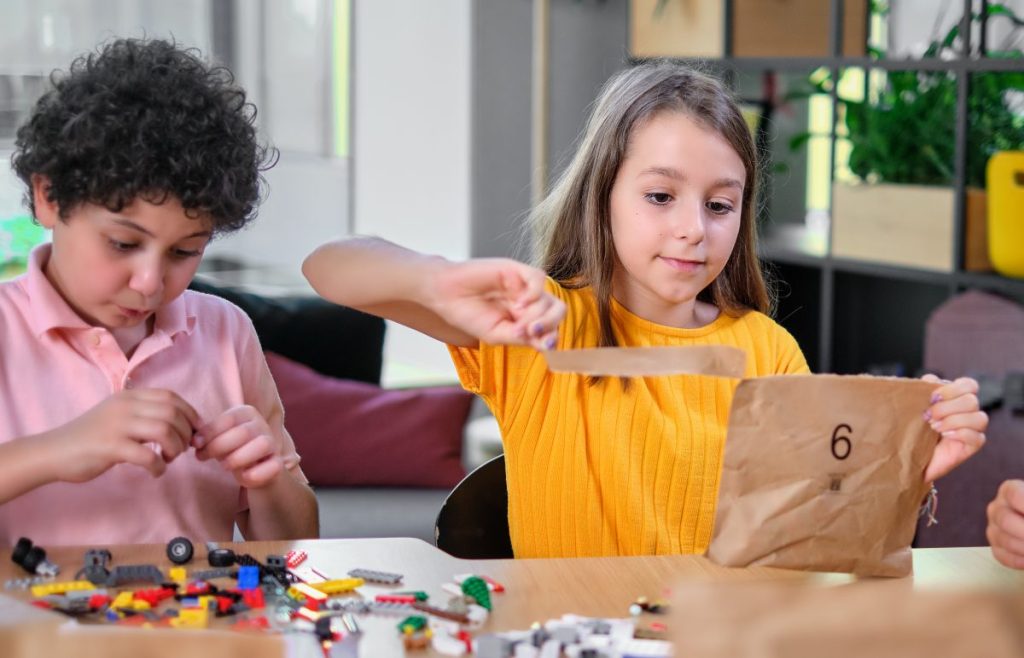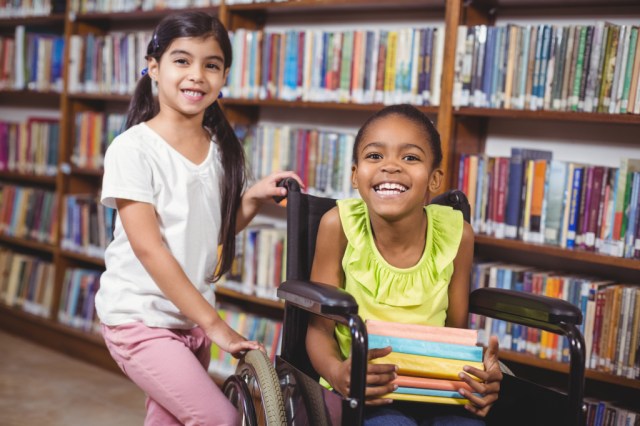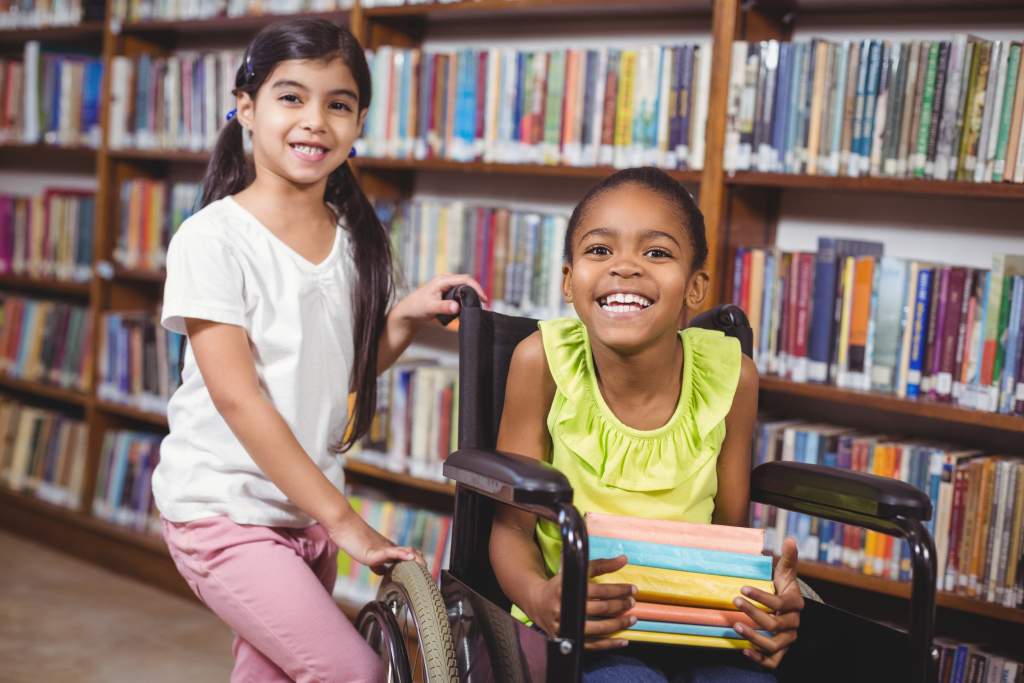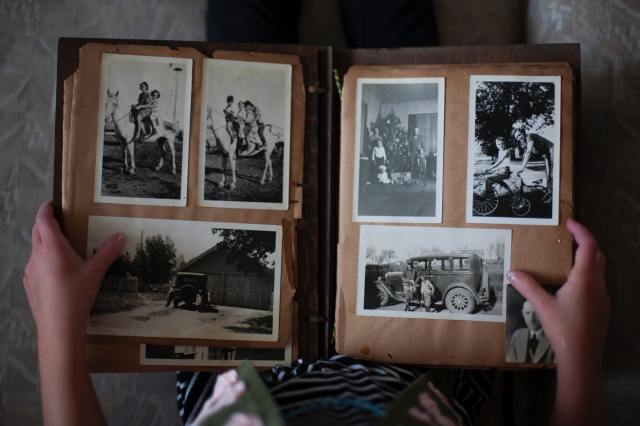Empathy is the foundation of positive, fulfilling connection with others and has the power to decrease conflict by increasing kindness. It’s one of the most important things we can teach our children, but what exactly is it? Throughout the years, psychologists and neuroscientists have come to understand that there are several facets to empathy, including:
-
Feeling what another person is feeling, which is called emotional or affective empathy.
-
Putting yourself in another person’s shoes to take their perspective and see their point of view, called cognitive empathy or “perspective-taking.”
-
Taking action to help others based on your understanding of another person’s feelings and perspective, which is called compassion or behavioral empathy.
It’s also important to know the difference between sympathy and empathy. While “empathy” means feeling with another person as their equal and trying to understand their situation, “sympathy” means feeling concern (or pity) for another person’s misfortunes, which may create a power imbalance between people and keep them from truly connecting. In cases where we don’t have enough knowledge to put ourselves in another person’s shoes, we can practice curiosity and model it for our children. Modeling curiosity by having conversations and asking questions can provide valuable insights as to why a person might feel the way they do in a given situation.
So how can we teach kids empathy?
Educators and parents can create experiences that help kids exercise their ability to empathize with other people. In particular, educators can help students learn about and investigate their own points of view, appreciate different perspectives, and cooperate and communicate in a respectful, positive manner. In addition to modelling, there are a number of other things we can do as adults:
1. Teach Perspective-Taking
Use transformational moments or “teachable moments” to teach perspective-taking and cooperation skills. Whether through examples that happen between students in the classroom or conflicts in the book they’re reading, use these moments to encourage students to reflect and practice seeing the situation from other points of view.
2. Integrate Empathy Practices across All Subject Areas
Weave empathy into your day-to-day learning. For example, during reading, you can easily model and practice perspective-taking for characters in stories. I often find free empathy resources and activities on Empatico, which has “Empathy Book Club” activities that I use to guide in-class discussions to help my students relate to others’ emotions and experiences:
3. Model Active Listening & Respectful Communication
Establish norms of active listening and respectful communication at home and in the classroom. This includes learning about how body language, facial expressions, and tone can impact one’s interactions. For example, I try to actively listen to my students and children by making eye contact with them, focusing on what they’re saying (rather than thinking about what I want to say next), and using nonverbal cues like nodding.
4. Encourage Self-Regulation & Empathy
Work on making “self-regulation” a daily priority. A large part of self-regulation is the ability to be aware of your emotions and manage your reactions to feelings and situations. Teach students strategies like “body breaks,” focused breathing and “mindful minutes” where students focus on something that encourages calmness. If students are able to successfully self-regulate, they are more readily available to be empathetic towards others.
5. Design Purposeful Learning Experiences
By contextualizing learning in a way that connects classroom instruction to real-life experiences, students can apply new skills as they learn them. I’ve used Empatico to connect my students (and my own children!) with other kids across the globe for collaborative, virtual experiences that allow them to practice empathy skills with peers from different backgrounds. During class exchanges, we discuss and compare issues within our own communities. From there we come up with ideas of concrete things we can do to make a difference. In these experiences, the classes I am working with bond over what they are passionate about, what the issues are in their community and their volunteerism. It is a powerful exercise of empathy.
Empathy has the power to be an absolute game-changer for how future generations interact and connect. It is one of the most important things we can teach our students and children. At its core, empathy means feeling with another person and understanding their situation. It requires that we open our minds and become vulnerable enough to relate to others at deeper levels. It also entails acknowledging the other person’s humanity, that they are equally important as we are, and that their feelings are equally valid. When we do this, we can truly feel with another person and empathize with them. This process is what ultimately strengthens the connection between two individuals; therefore, enriching lives and making the world a better place.
